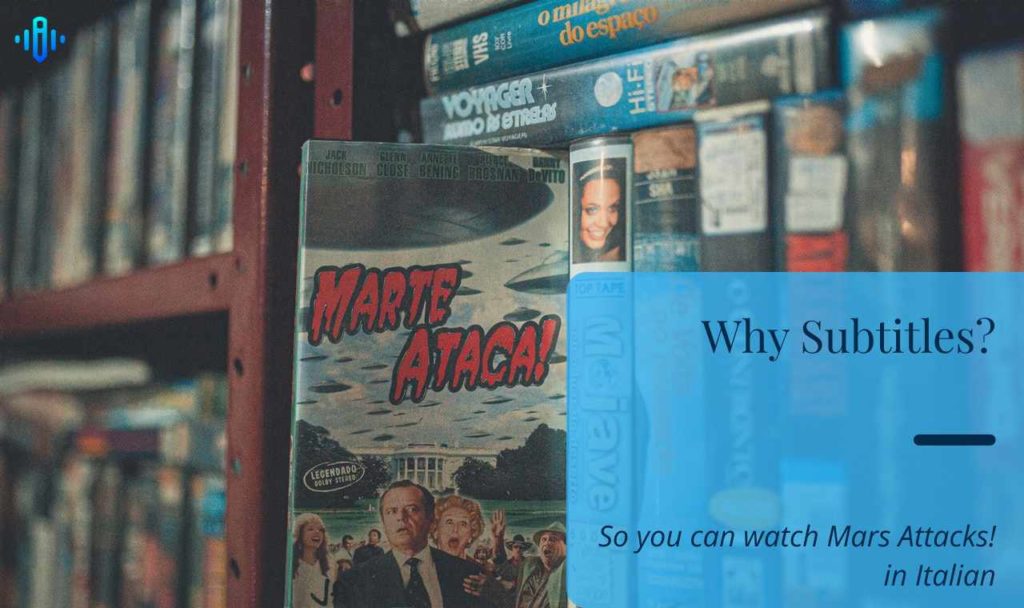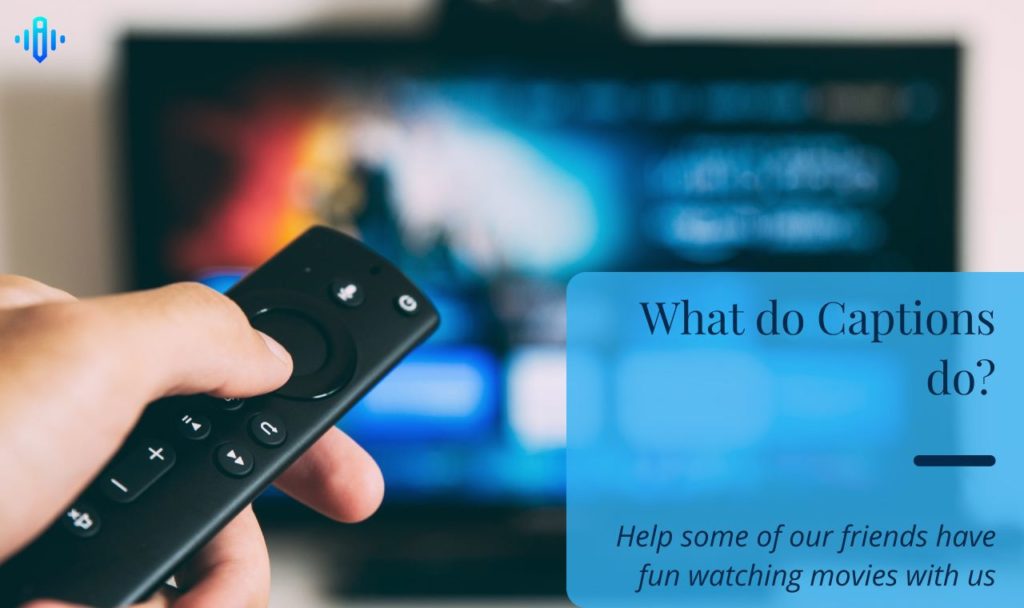Any conversation about video content is incomplete without subtitles and captions being a part of it. But wait! Are they not the same?
Well, no. Saying subtitles and captions are similar is like saying there is no difference between a language interpreter and a sign language interpreter.
Still not sure if you know the difference? Let us dig deeper!
What are Subtitles?
Subtitles are text that appears at the bottom of a screen while viewing video content. This text is a transcript of the script; it may or may not appear in the language being spoken in the video.
Usually, subtitles are used to help people—who do not speak the video’s language—make sense of their content. That does not necessarily mean that an English video will not have English subtitles available; it just means that most of the time, foreign viewers make more use out of subtitles than native viewers.
Need for Subtitles

It is easy to comprehend how subtitles help foreign viewers understand the content of a video. But how do they help native viewers?
Imagine you are watching an English TV show called Peaky Blinders. About half of what the characters say goes over your head. Why? Birmingham accent is hard to mimic and even harder to understand.
So, what do you do? You simply turn on the English subtitles and enjoy the show!
And that is how subtitles have been helping viewers make sense of the video content they are consuming without having to learn a new language or strain their ears into exhaustion!
What are Captions?
Captions are text that appears at the bottom of a screen while viewing video content. This text is a transcript of the script; it may or may not appear in the language being spoken in the video.
You might say, ‘Wait, that is the same definition you used for subtitles!’
And you are right! This is one of the reasons why the terms subtitles and captions are used interchangeably. But the similarities end at the definitions.
Where subtitles are used to increase the accessibility of the video for the general audience, captions go a bit further and help make a video accessible to the audience that might be deaf or hard-of-hearing (DHH).
What makes Captions Different?

Subtitles include a transcription of the dialogues being spoken on-screen and nothing else. And for the general audience, that is all they need.
But members of the DHH community need something more for a video to be completely accessible.
Enter captions. Captions not only give information about the dialogues that are being spoken on-screen, but they also tell the viewer what is happening in the surrounding environment on-screen. For example, ‘Birds chirping’ or ‘Music playing in the background’ would appear as captions during a video, painting a better picture for the DHH community.
Conclusion
So, what is a better option? Subtitles or captions? That depends!
While you might think making a video accessible for everyone is the way to go, some might disagree. Not everyone likes ‘Jazz music playing in the background’ to appear on their screen while watching La La Land.
But if you are a content creator, you can go with Wavel so that you don’t even have to choose between the two! You can even get your videos captioned for social media platforms with our burned-in captions!
But be that as it may, here’s hoping you will be able to tell whether you are watching a video with subtitles on or captions on from now on.
If you would like to reach out to us, you can do so by mailing us at reachout@wavel.co.
.webp)










